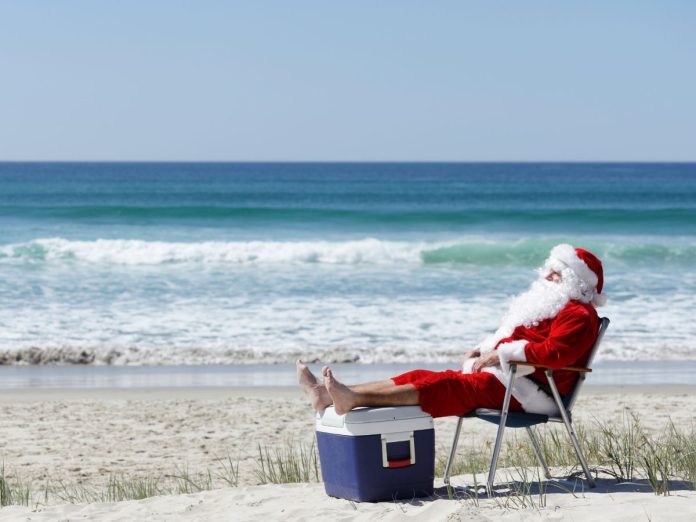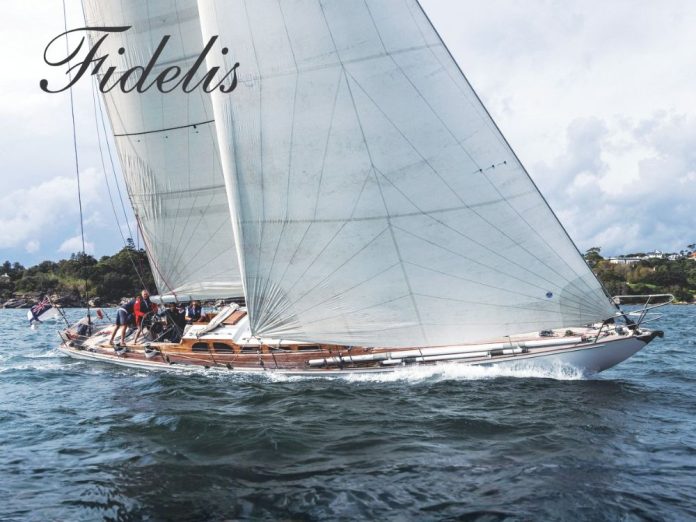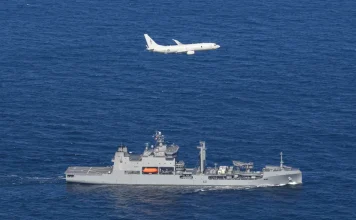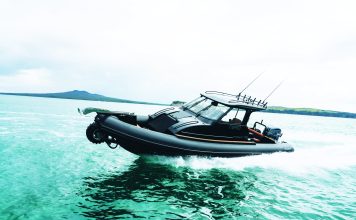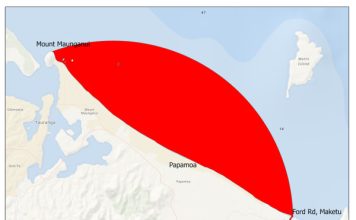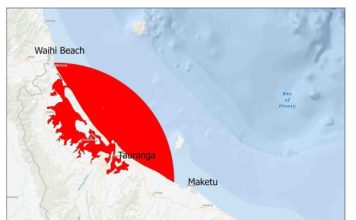Anchors might be synonymous with boating, but anchors have evolved a great deal over time, writes Tom O’Neil.
The history of the anchor dates back more than 4,500 years, with early versions unsurprisingly being rocks with holes in them for securing to a rope. These primitive ‘proto-anchors’ can still occasionally be found on the shores of Cornwall in the UK as well as many other seafaring nations.

Technology improved around 2000BC with the development of a combined stone and wood anchor, creating flukes (teeth) that would stop it from dragging along the sea floor.
The Greeks
Various combinations of wood, rope, stone, as well as anything heavy (like a bag of sand or lumps of lead) followed on, with Greek author Apollonius Rhodius writing about these early anchoring systems in his epic third century BC poem ‘Jason and the Argonauts’. Around this time various Greek writers coined the term ‘ankyra’ (hook), from which we take the modern term ‘anchor’ today.

The Romans
Advances in woodworking and metallurgy encouraged the development of improved shapes for more compact, durable, and efficient anchors, with the Romans using iron anchors from around 500BC onwards. Originally closely modelled on earlier wooden designs, they changed over time to include arms to assist in firm holding, as well as easy removal.
The English Navy
As far as advanced technical development, things stayed mostly the same until the 1600s, when the English Navy developed the straight-armed Admiralty anchor for their burgeoning fleet. Over the following 200 years anchor development went through various iterations to become what most non-marine people would see today as a typical anchor design with curved flukes. The next major innovation was the stockless anchor patented in England in 1821, making it both easier to handle and stow. Although it did not hold as well as the Admiralty’s anchor, the trade-off proved adequate and it became widely popular.

More recent development and designs
More recent anchor developments relevant to Kiwi boaties would be the development of the CQR Plow anchor in 1933 – named due to its resemblance to the farming implement and prized for its versatility and holding power. The Second World War sealed its success with the British Admiralty ordering over 60,000 for their fleet.

Around this time the American Richard Danforth invented and developed the ‘Danforth’ pattern, which was also widely used in World War Two for anchoring sea-based planes, bridges and boats. This pattern was again highly successful as it offered very good holding power for its weight in many conditions.
Peter Bruce of the UK developed the claw-type ’Bruce’ anchor in the 1970s and started producing mooring and permanent anchors for heavy industry, such as oil rigs. The Bruce small boat anchor was initially also very successful, and represented some significant improvements over the CQR Plow.

Frenchman Alain Poiraud developed the ‘Spade’ anchor in the 1990s, which saw improved performance over many other types. This was the first anchor to successfully make use of
a concave triangular fluke and provided a high level of efficiency and holding power.
New Zealand leading the world
In the early 2000s local boy Peter Smith, who had been designing, building and sailing boats since the early 1960s, took elements of the Spade and other types, and developed a highly unique solution of his own – the ‘Rocna’ anchor. Building the first 50kg concept model and then testing it during a circumnavigation of New Zealand, word spread amongst the cruising community of its formidable holding power. The rest, as they say, is history, and Rocna anchors are now available in over 40 countries worldwide.















